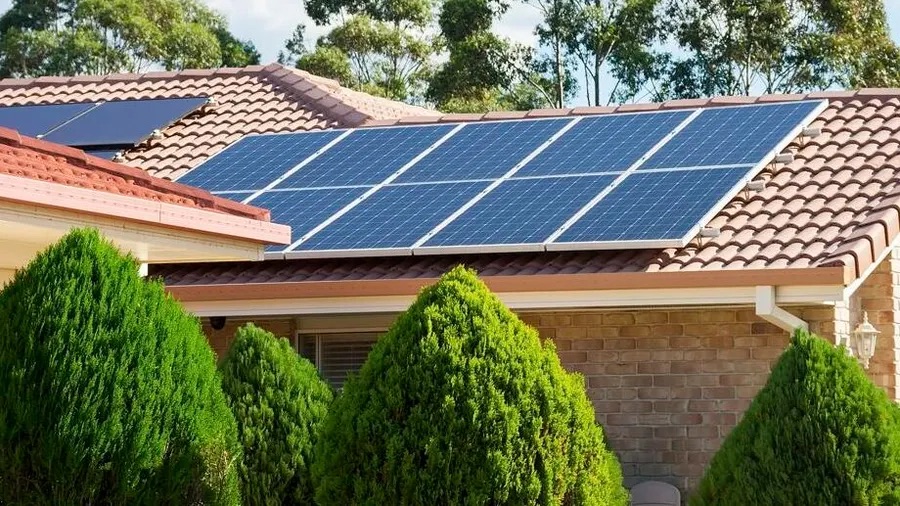
Going Green with Your Renovation Loan: Eco-Friendly Upgrades and Potential Cost Savings
4/29/2024
Embarking on a home renovation? Why not embrace sustainability and incorporate eco-friendly elements into your project? Not only will you be doing your part for the environment, but you might also see some financial benefits through cost savings and potential incentives. Let's explore how renovation loans can empower you to go green with your home improvements:

Financing Eco-Conscious Upgrades:
- Energy Efficiency is Key: Many renovation loan options can be used to finance energy-saving upgrades like installing high-efficiency windows and doors, upgrading insulation, or adding a solar energy system. These improvements can significantly reduce your reliance on traditional energy sources, leading to long-term cost savings on your utility bills.
- Water Conservation Matters: Consider using your renovation loan to invest in water-saving fixtures like low-flow toilets and showerheads, or upgrade to drought-resistant landscaping. These changes can conserve water and potentially reduce your water utility bills.
- Sustainable Materials Make a Difference: When possible, utilize recycled or sustainable building materials during your renovation. While the upfront cost might be slightly higher, these materials often boast superior durability and environmental benefits.
Loan Options Supporting Green Renovations:
- FHA 203k Loan: This loan allows you to finance energy-efficient upgrades alongside the purchase and renovation of a fixer-upper. Some lenders might even offer special interest rate incentives for incorporating sustainable features into your renovation plan.
- Energy Efficient Mortgages (EEMs): These mortgages are specifically designed to help homeowners finance energy-efficient improvements in existing homes. While not all lenders offer EEMs, they can be a good option for eco-conscious renovations if available.
- USDA Rural Development Loan Programs: The USDA offers various loan programs for rural homeownership, some of which prioritize energy efficiency and sustainable building practices. These can be particularly beneficial if your renovation project is located in a rural area.
Government Incentives for Going Green:
- Tax Credits and Rebates: The government offers various tax credits and rebates for homeowners who invest in energy-efficient upgrades. Research available incentives in your area to offset some of the renovation costs.
Beyond Cost Savings: The Intrinsic Value of Green Renovations:
While cost savings are a perk, the true value of eco-friendly renovations lies in their positive impact on the environment:
- Reduced Carbon Footprint: Energy-efficient upgrades translate to lower energy consumption, reducing your home's overall carbon footprint.
- Water Conservation: Water-saving measures help preserve this precious resource, especially in drought-prone regions.
- Sustainable Materials: Choosing recycled or sustainable materials minimizes environmental impact during construction and promotes responsible resource management.
Making Green Choices:
- Consult with a Green Building Professional: Collaborate with a professional who can advise on eco-friendly materials, building practices, and potential cost savings associated with green renovations.
- Life Cycle Cost Analysis: Consider the lifespan and potential maintenance costs of eco-friendly materials when making decisions. While the upfront cost might be higher, these materials often offer superior durability and long-term savings.
Renovating with a Conscience:
By strategically utilizing renovation loans and exploring government incentives, you can transform your living space into an eco-friendly haven. These green improvements not only benefit the environment but also hold the potential for cost savings on your utility bills. So, embrace sustainability during your renovation, and create a home that reflects your values and fosters a healthier planet for future generations.
